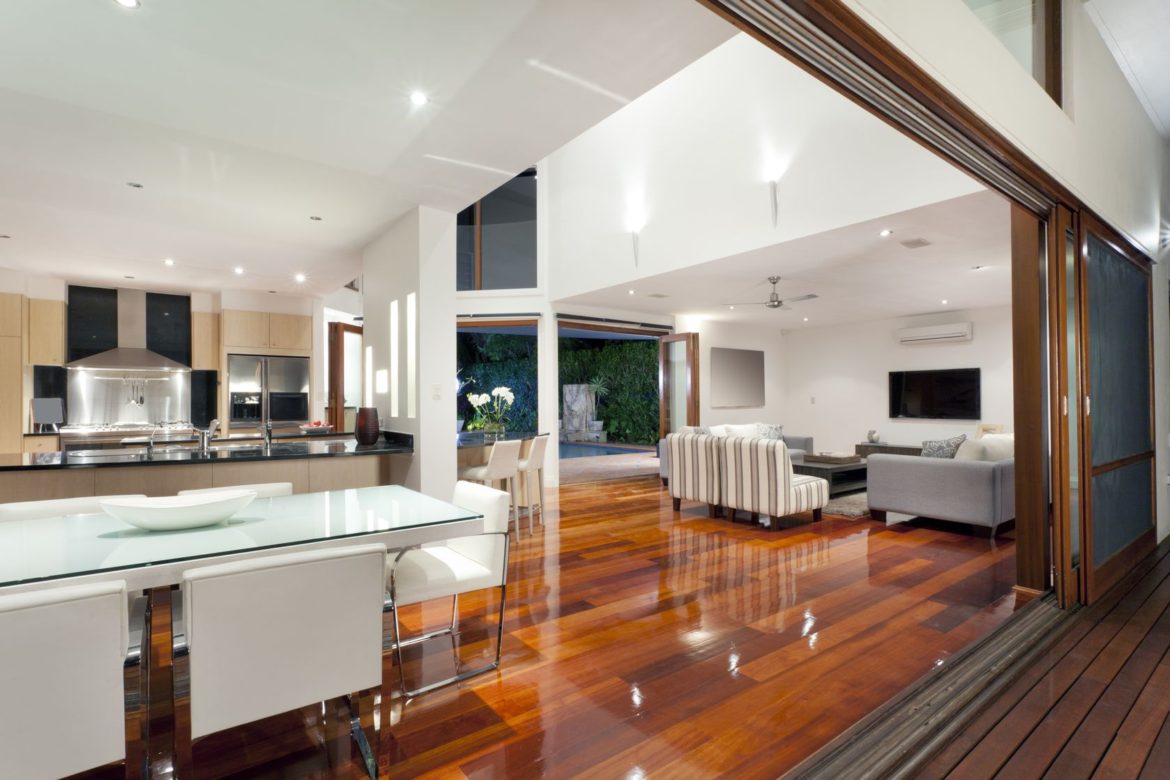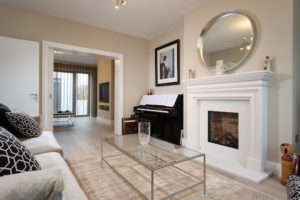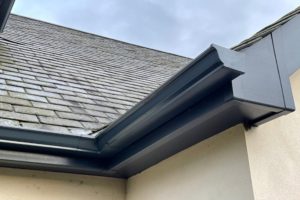Designing a home automation system requires lot of efforts and the necessary skills. Home automation design includes various steps that include the following:
· Selection of the home contractor – Those interested to include security in their home control system must consider this aspect in careful manners. Those looking for a built-in UL listed fire and burglar system must choose the right one. Reliable security cover is compatible with many of the security systems. The choice of security products depends upon the size of the home.
· Feasible Light Control – Choosing the right type of sophisticated lighting control is a must. The needy persons may include dimming or non-diming switches, auxiliary switches, relay switches, scene switches, house status switches or the scene switches. Superior reliability can be ensured with standard lighting systems. The light settings can be changed through a telephone, touch screen or through a computer since connected to the internet. Prominent companies provide home control systems that have built-in support that do not require addition of any modules for lighting. A dimmer or switch could serve the purpose for designing a home automation system.
· Feasible Audio System – The Hi-Fi system is capable to connect to any of the home control systems. Available as a 4 zone and 4 source system; this modular design can be expanded one zone or source with the feasibility of eight zones capacity and six sources. The central controller distributed audio system involves use of the main unit that is mounted on a closet wall. It could be structured wiring enclosure for a good professional installation. Those having this facility in their homes are able to watch the television or coordinate the audio system with other activities. Those wishing to enjoy reliable home automation design in terms of a good audio system may include the built-in unit with remote input modules, i.e. the RIM. It helps in locating the music anywhere instead of in an audio rack. Those having the RIMs in their homes can pick up music from their kitchen TV, personal music player, computer, CD player, Media Center or the satellite radio. Volume can be controlled by placing the volume source controls in each room.
· Energy Management – Good systems are able to turn off lights, water pumps and heaters etc even when the house remains unoccupied. Humidity and temperature sensors help in temperature based programming of various events. Different programs can be activated for controlling temperatures as regards garages, attics, basements, greenhouses, coolers or the wine cellars etc.
· Interfaces – Homeowners can ask for viable systems through the telephone that may be installed either in the home or in its exteriors. Different software products can interface with the home control system. The home owners can sit in front of their television and make use of Media Centre’s remote for changing the settings.
· Accessories and expansion – Different accessories including the one for expansion purpose may be beneficial for the home owners. The two way voice module facilitates announcements by working in line with the speakers since located in a console/keypad/microphone module. Other solutions including window covering, structured wiring or central vacuum systems could also be included.
Conclusion
The above few steps can go a long way in facilitating reliable home automation design that is liked by the homeowners.







